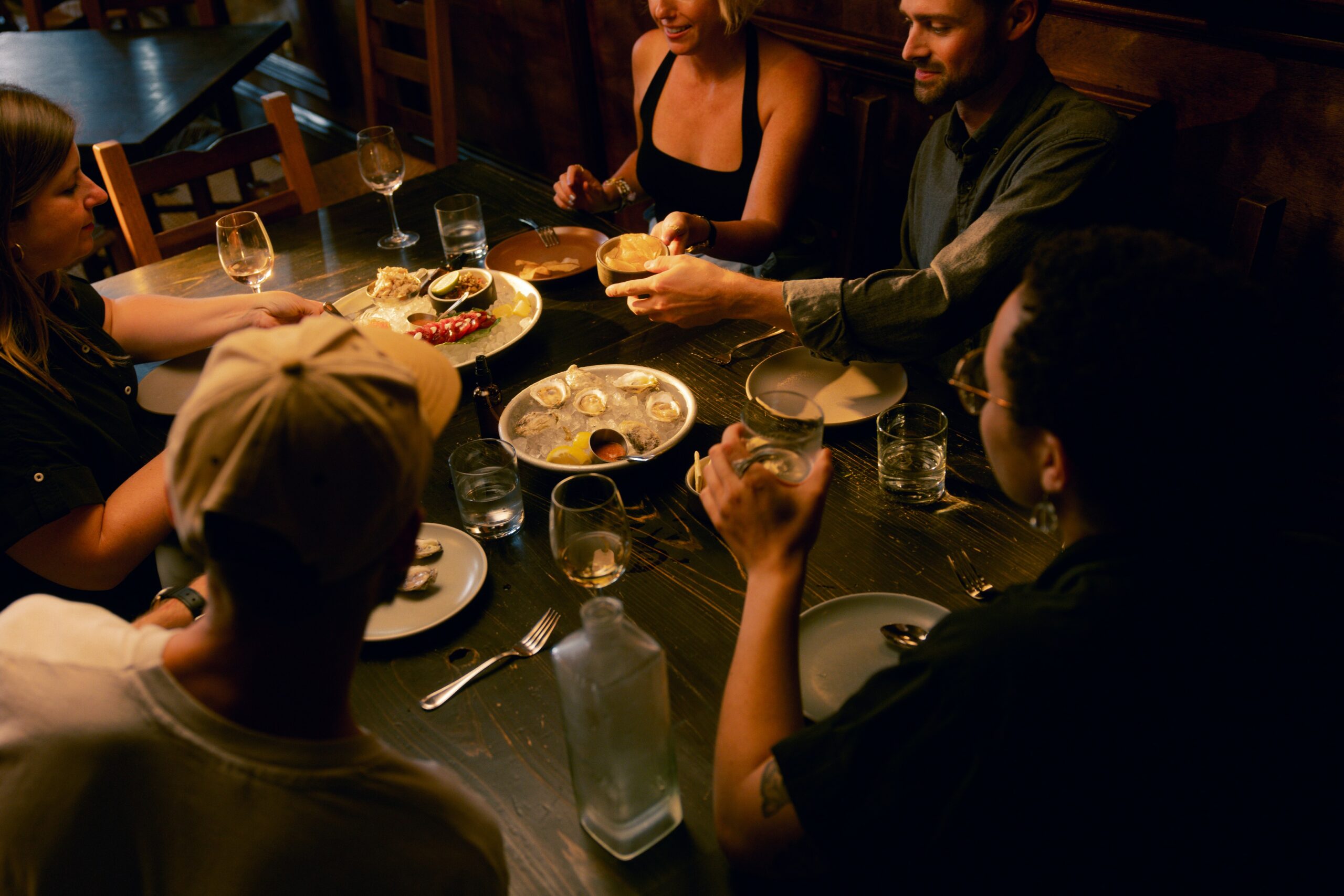
In recent years, the way people eat and drink outside their homes has undergone significant changes. The bar and restaurant boom is driven by people wanting more than just food. They want a complete experience. Customers now value the atmosphere, service, and style as much as the meal. One primary reason for this growth is the rise of fast-casual and themed restaurants. These places offer fresh food with quick service, all in fun and creative settings. This appeals to busy workers, families, and young adults who want good value without giving up on taste or style. Meanwhile, themed bars make nights out more exciting with unique drinks, live music, or playful games.
Technology Plays a Key Role in Restaurant Success
Technology is helping bars and restaurants grow faster and serve better. Online reservations, digital menus, and mobile ordering have become normal everywhere. Customers enjoy the convenience of booking a table or ordering food right from their phones, which saves time and reduces wait times.
Restaurant owners also utilize tech tools to enhance service and monitor sales. With advanced software, they can manage inventory, monitor staff schedules, and adjust menus based on demand. These systems make operations smoother and help reduce waste. They also give insight into what customers like most, which supports better planning and faster growth.
Another significant change is the use of delivery and third-party apps. Many people now prefer eating at home but still want restaurant-quality meals. Apps like DoorDash and Uber Eats allow businesses to reach more people without expanding their dining space. This trend has helped even small restaurants join the bar and restaurant boom.
Creative Business Models Keep the Industry Fresh
New business models are also fueling the bar and restaurant boom. Pop-up bars and food trucks are creating buzz in local areas. These mobile or short-term spots offer something different from traditional locations. They allow chefs and mixologists to test ideas, reach different customers, and build loyal fans.
Shared kitchens are also growing in popularity. These spaces are used by multiple food businesses, which helps lower costs and reduce risk. A start-up can test its menu without the heavy burden of full rent or staff. This model makes it easier for new talent to enter the market and helps cities offer more dining options.
Even traditional bars and restaurants are shifting their business models. Many now host events, cooking classes, or trivia nights to attract guests during slow hours. Some offer memberships or loyalty programs to build community and keep people returning. These efforts show how flexible the industry has become.
Location and Design Impact Customer Traffic
Another reason for the bar and restaurant boom is how owners choose and design their spaces. Location still matters a lot. Businesses near busy streets, offices, or tourist spots do well. However, innovative design can also draw in crowds. A well-lit space with good seating and photo-friendly décor can turn a meal into a complete experience.
The rise of outdoor dining has also made a significant impact. Patios, rooftops, and sidewalk seating are now common in many areas. These spaces not only attract more guests but also create a lively vibe. People enjoy the option to eat outside, especially during nice weather. Cities have also relaxed rules to support outdoor setups, which boosts business and adds charm to neighborhoods. Interior design is also being used as a powerful tool. Many bars and restaurants now focus on themes, color palettes, and open kitchens. These choices help shape the mood and make the space feel unique. Good design builds brand identity and makes the place more memorable.
Strong Community Ties Support Long-Term Growth
A key part of the bar and restaurant boom is the focus on building local relationships. Owners work closely with nearby farms, suppliers, and artists to create a strong community bond. Sourcing local produce, craft beers, and handmade goods helps generate customer trust and pride.
Community support also comes from hiring local staff and training them well. Many restaurants are now seen as places that offer jobs and growth opportunities. When workers feel valued, service improves, and guests are more likely to return. This creates a strong circle of trust and care between owners, staff, and the people they serve.
Social media has added another layer of community building. Restaurants post updates, food photos, and behind-the-scenes videos to connect with their audience. Customers respond by sharing their pictures and reviews, which helps promote the business. This form of word-of-mouth has become one of the most powerful industry growth tools. The bar and restaurant boom shows no signs of slowing. Through creativity, innovative technology use, and strong community ties, the industry is growing fast and setting new standards for how people eat and gather today.